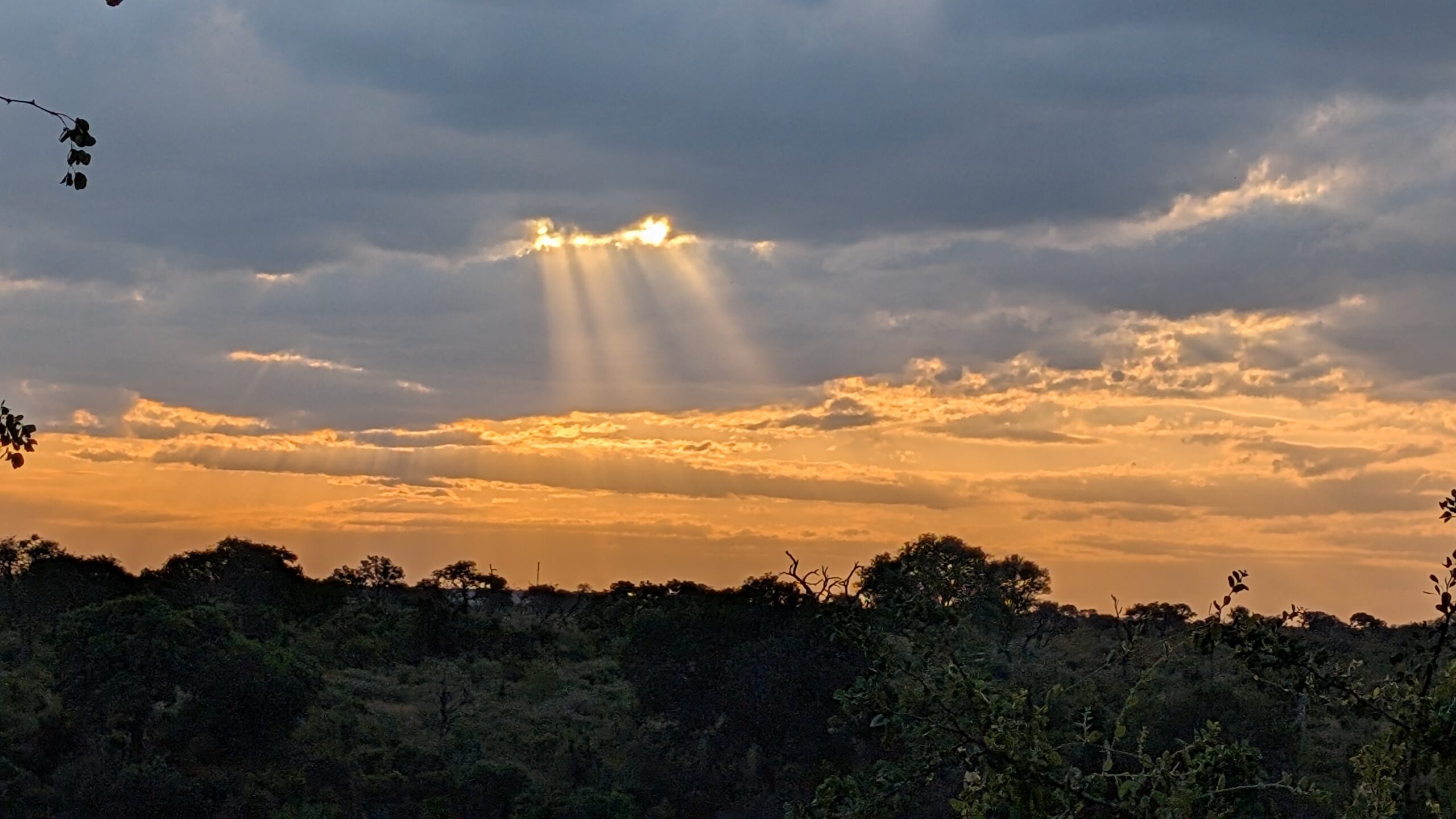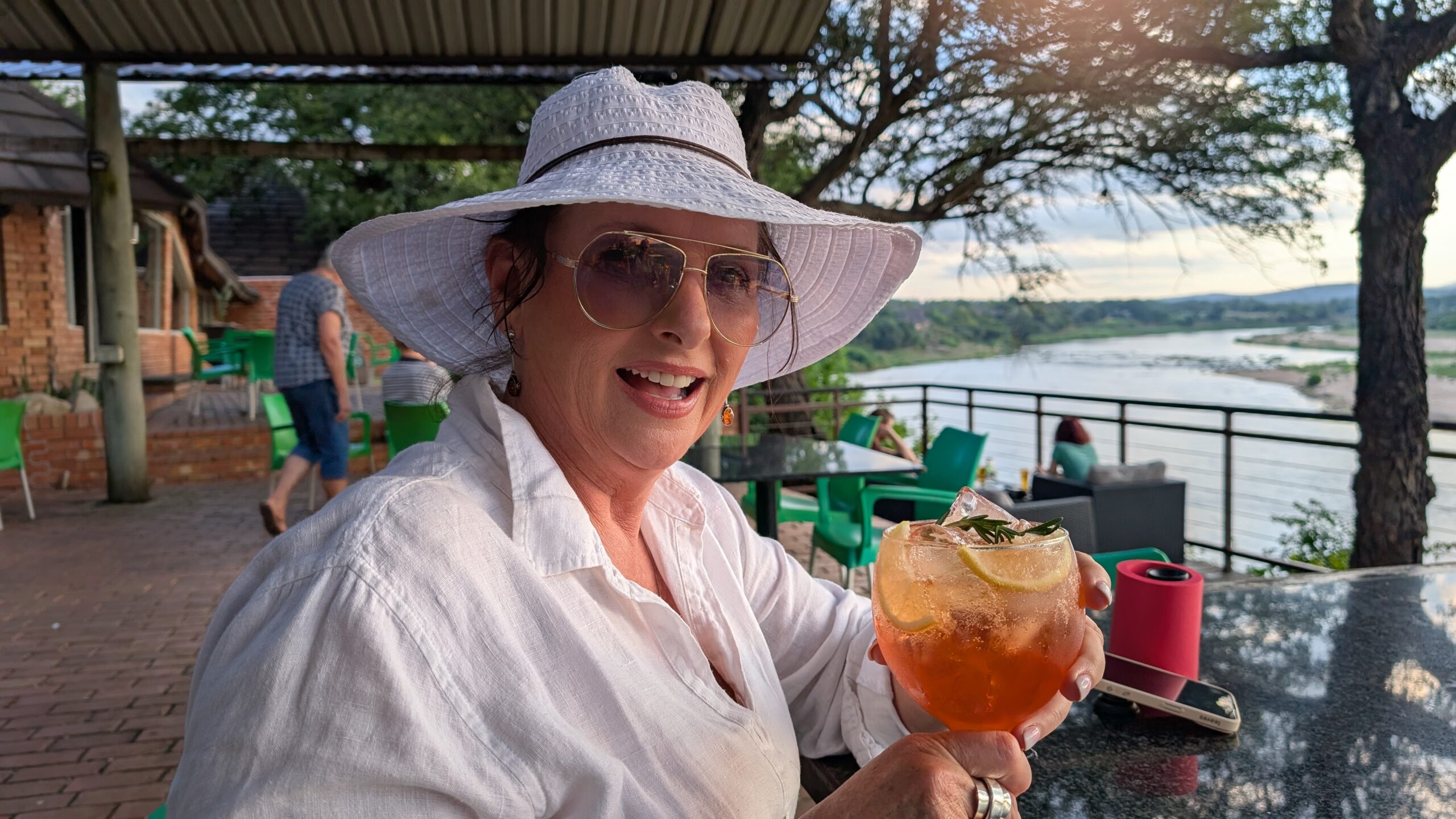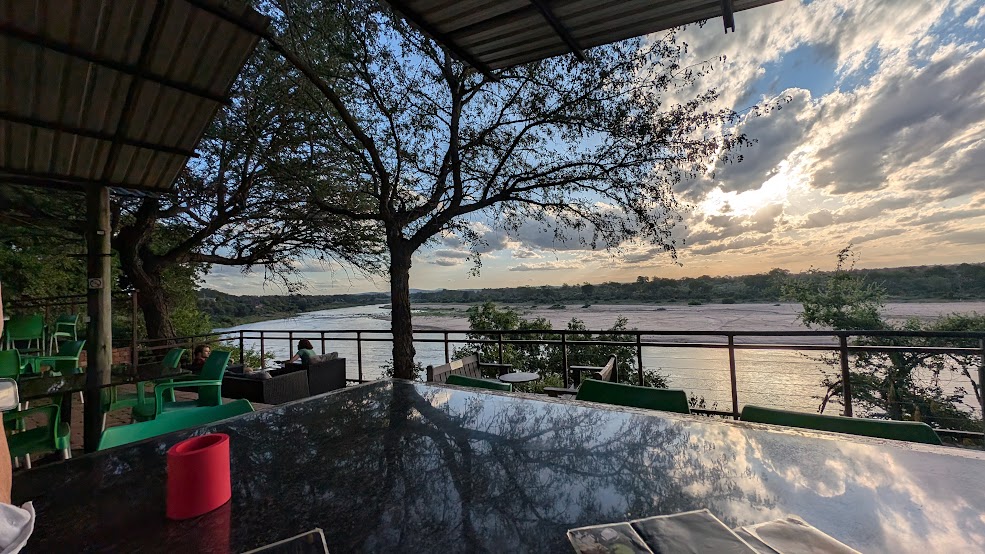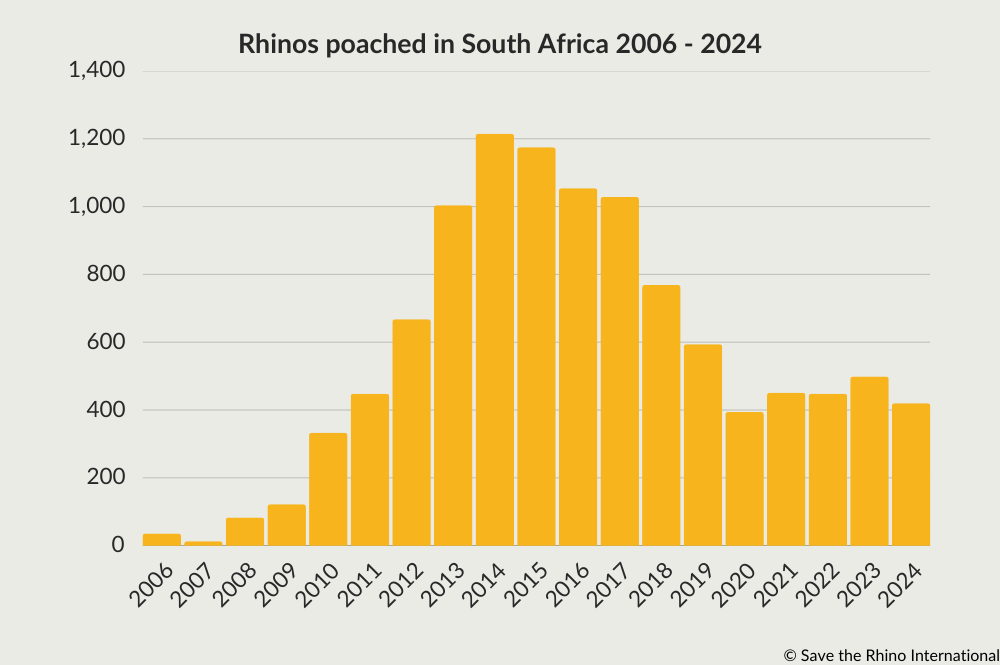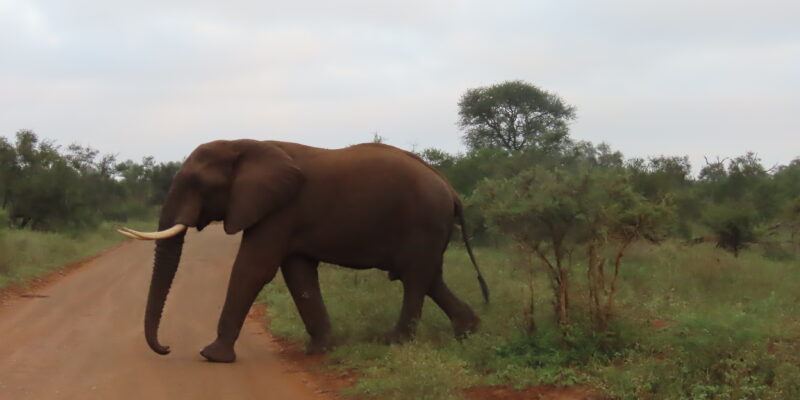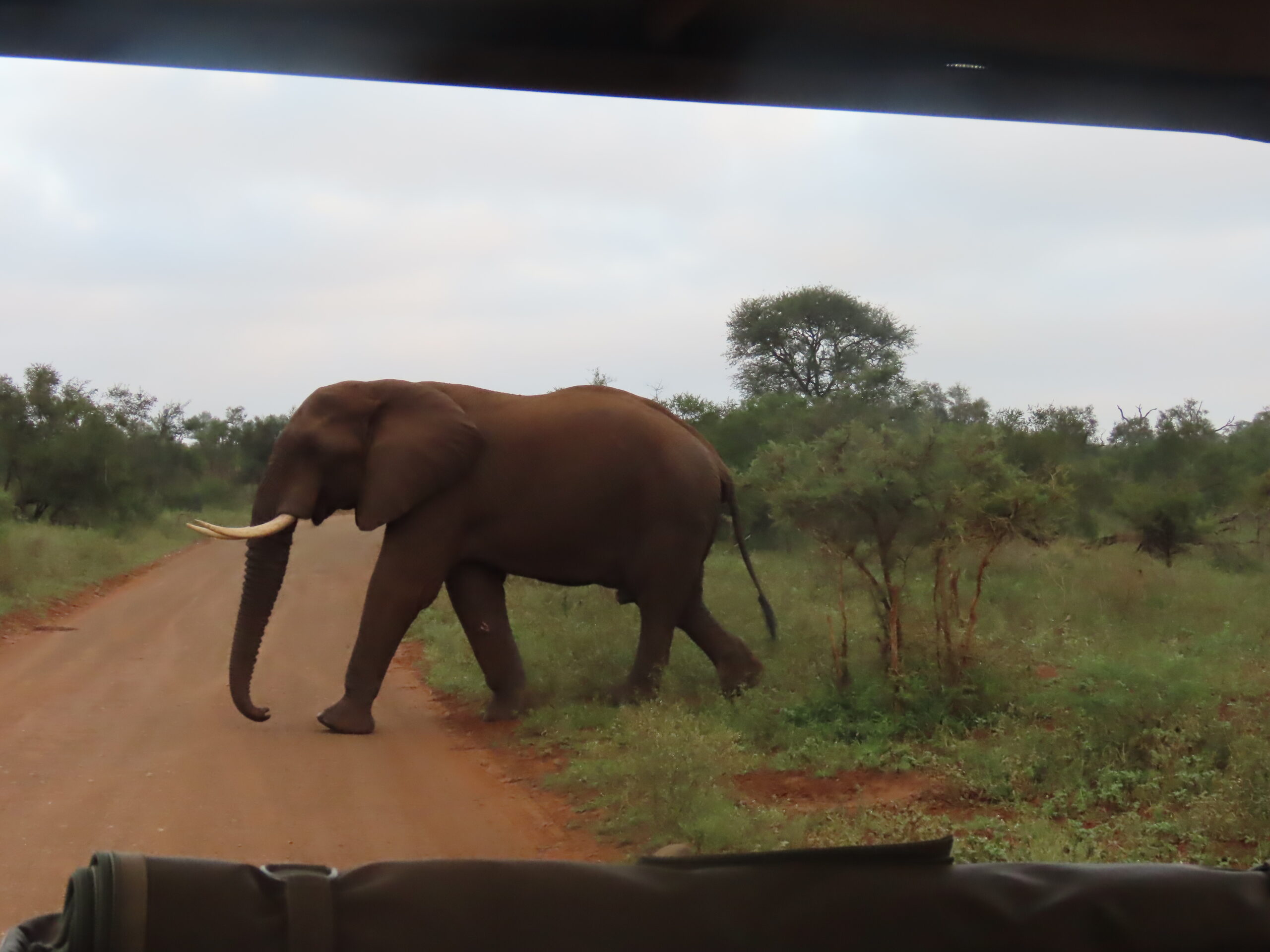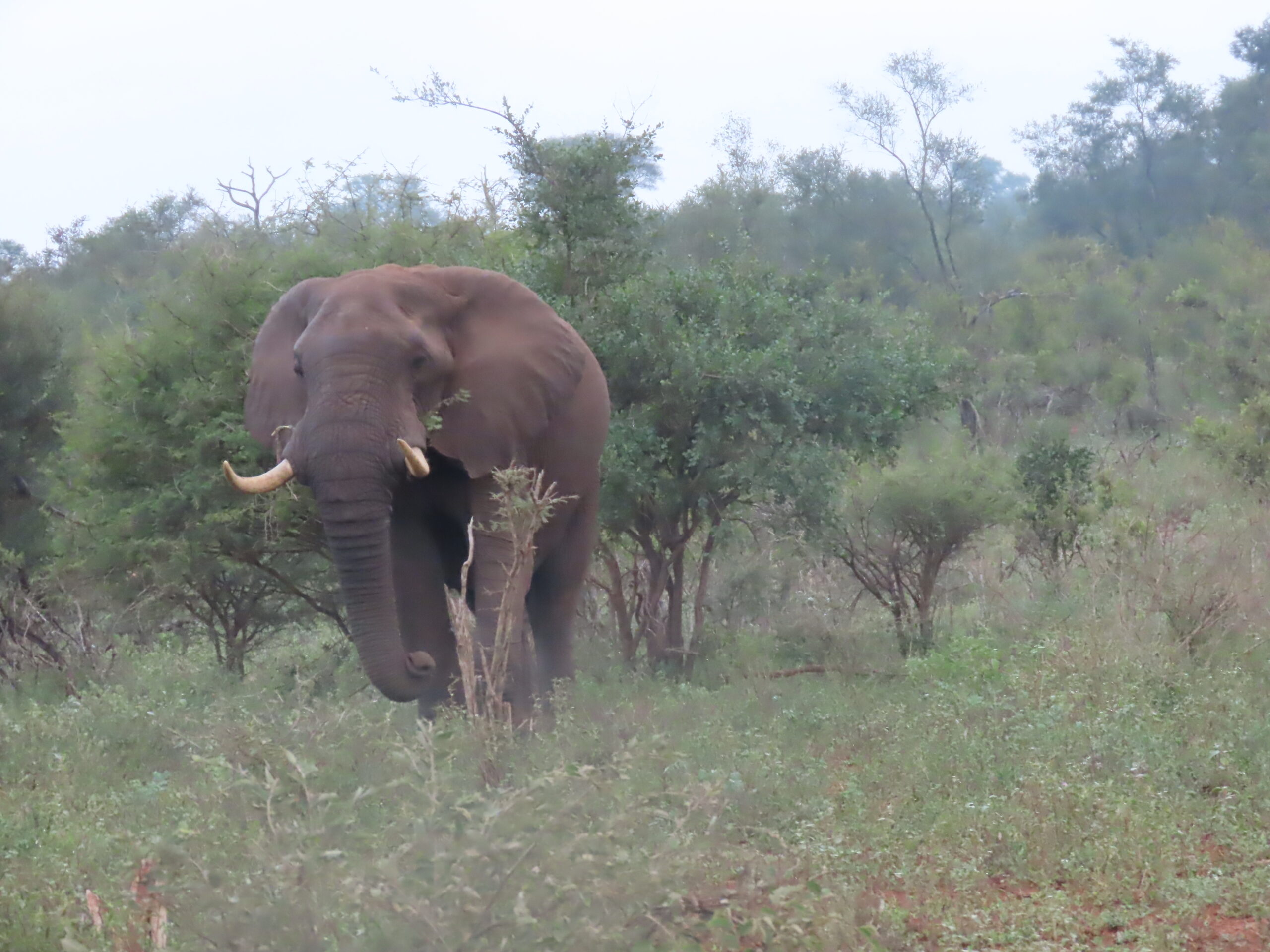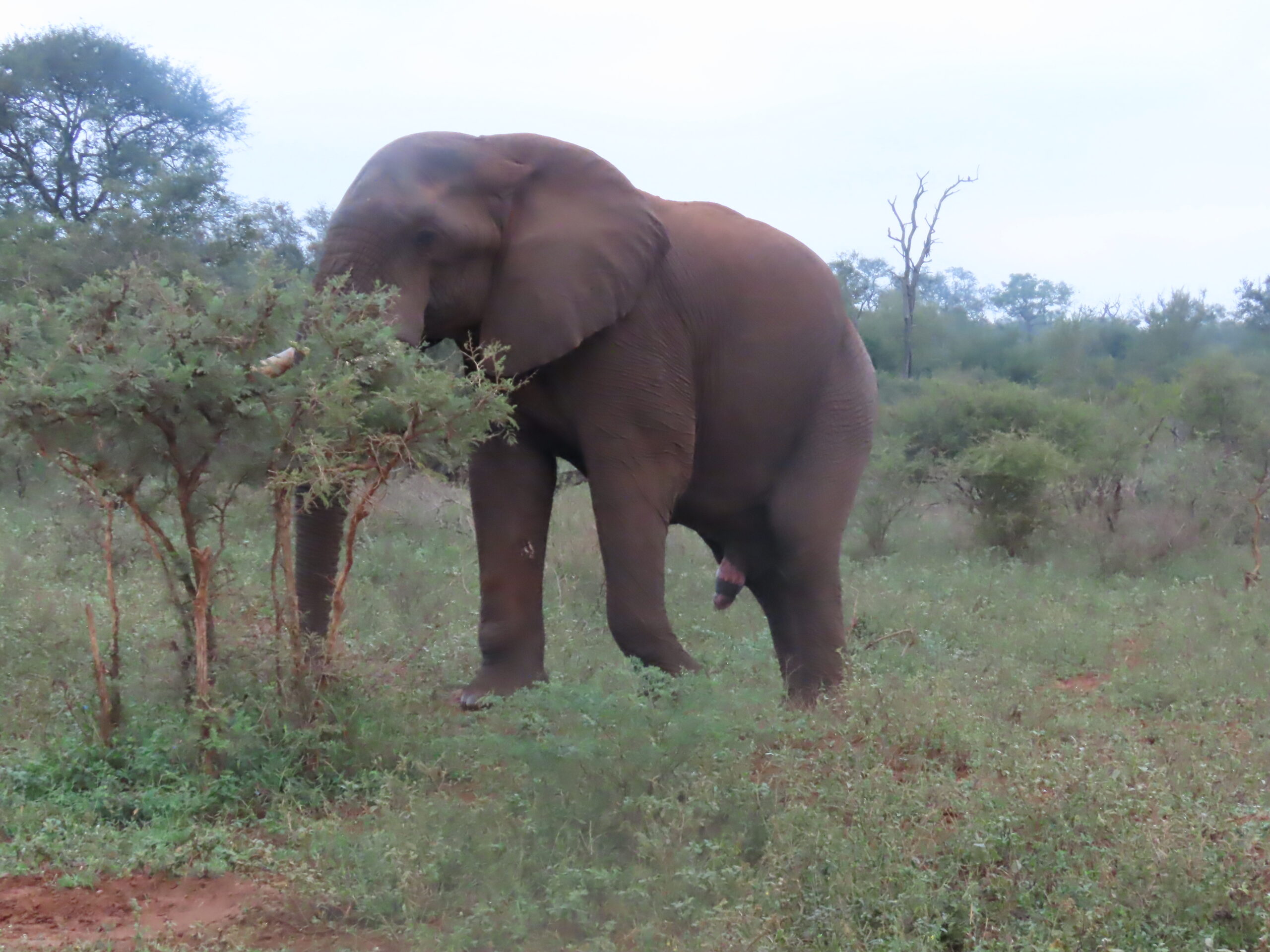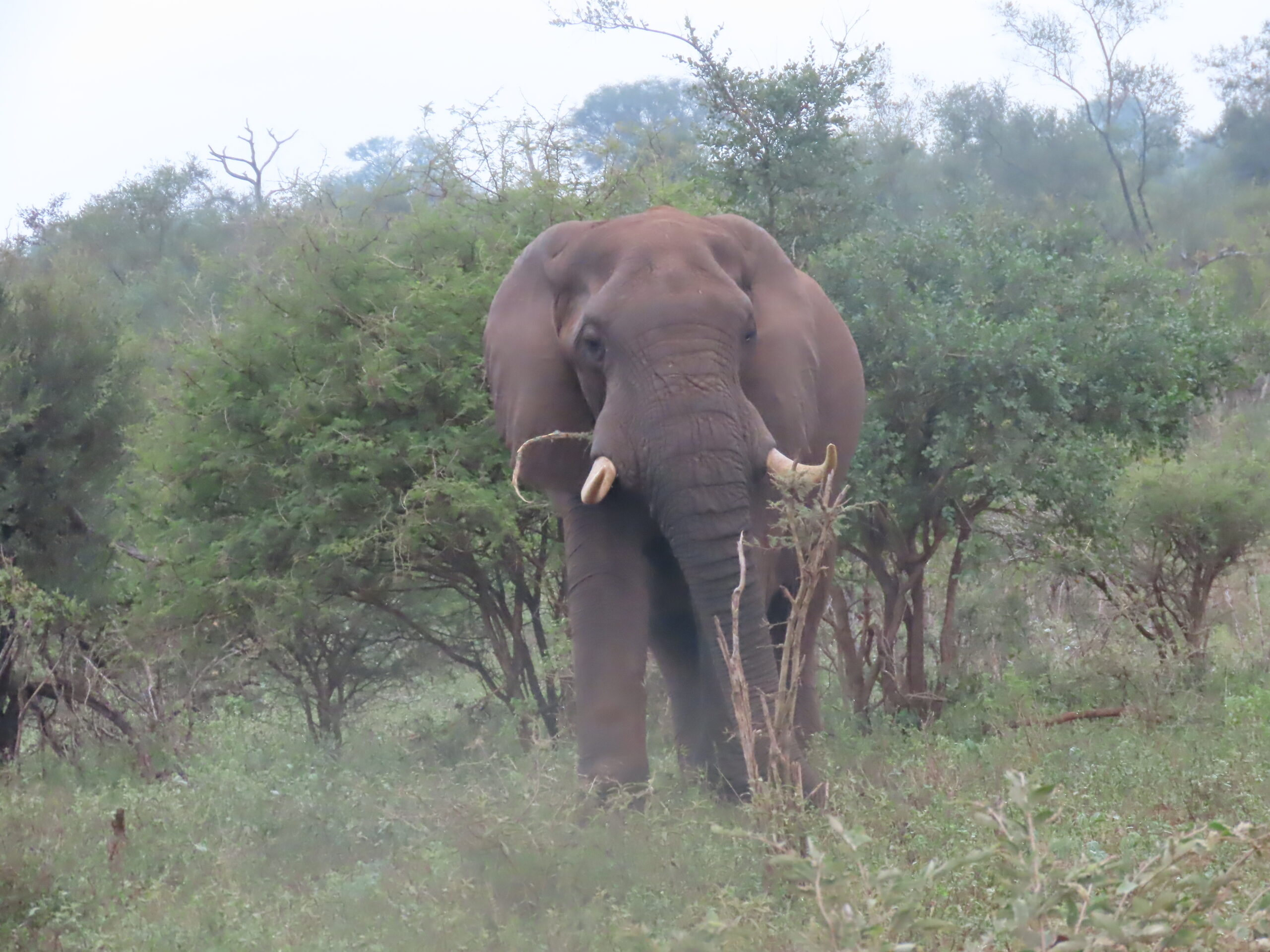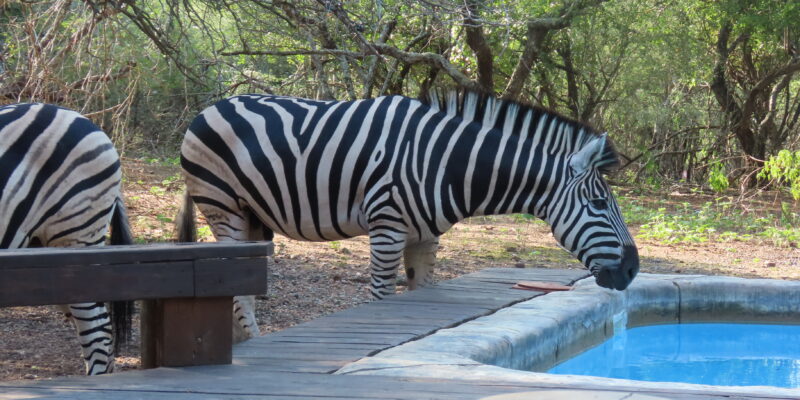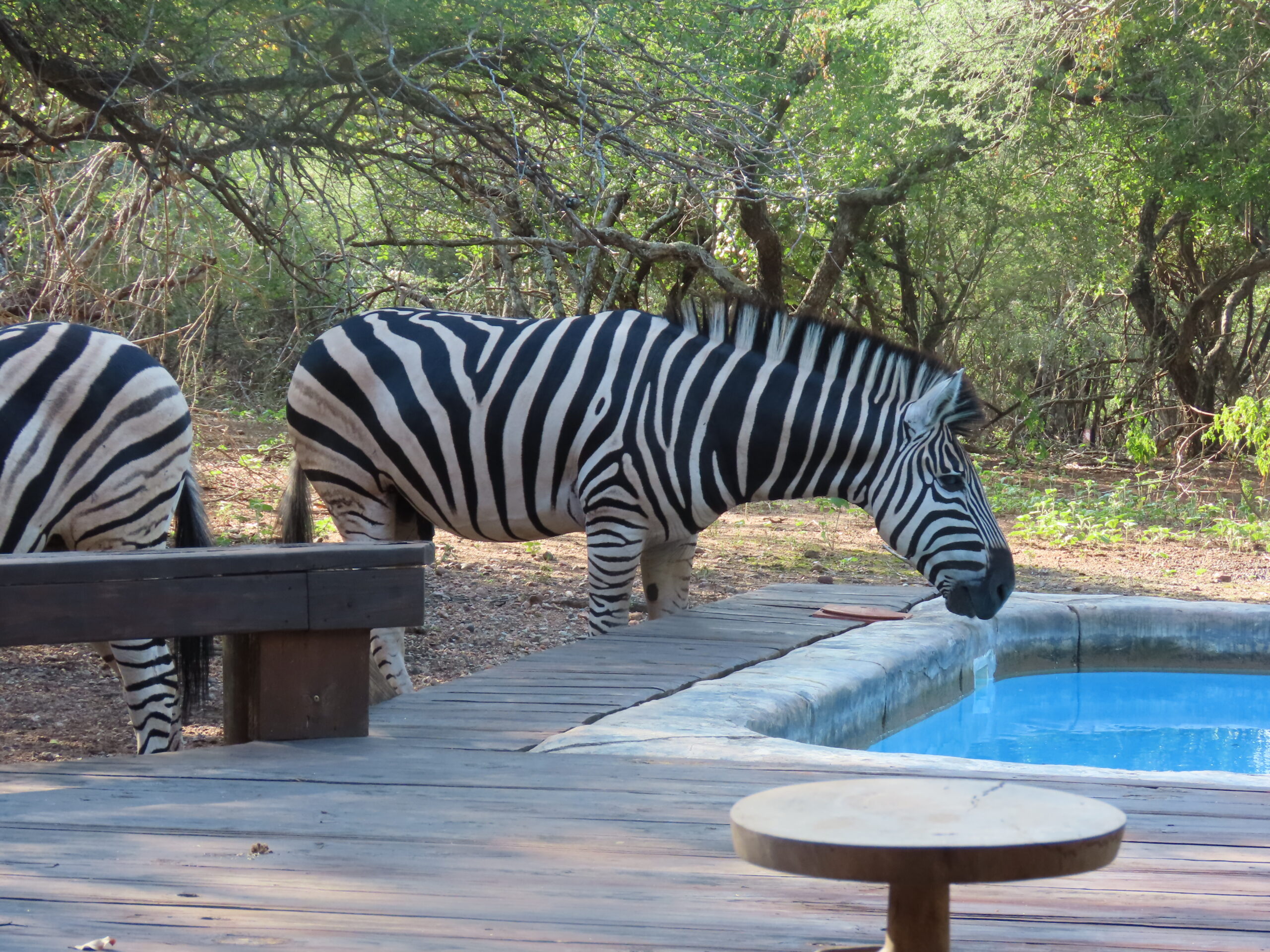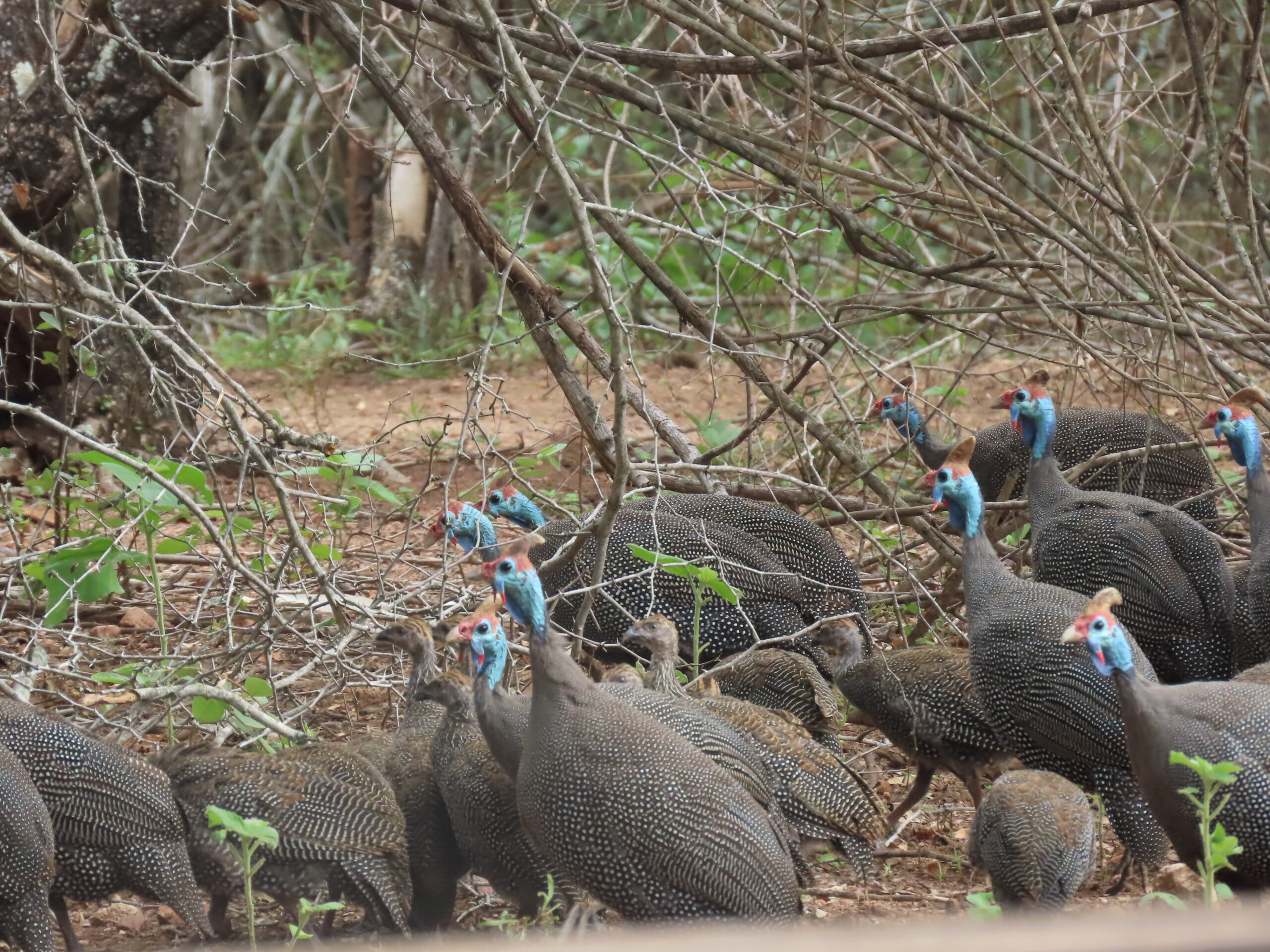
This morning, Daisy’s Den delivered two bags of game pellets and a bale of lucerne:
“Lucerne, also known as alfalfa, is a perennial flowering plant belonging to the legume family (Fabaceae). It’s a highly nutritious forage crop used to feed livestock and is also known for improving soil fertility by fixing nitrogen in the soil.”
The animals are gathered around the broken-down bale and having the time of their lives. They are all getting along well and enjoying chomping. Tomorrow, we’ll share some photos we’ve taken today of their hilarious antics while eating the lucerne.
We’d planned to go to Komatipoort to buy a few groceries, but now that the lucerne was here, we didn’t want to leave and miss the opportunity to see the animals gathering around the bale. It’s such fun to watch them devour this great source of nutrition.
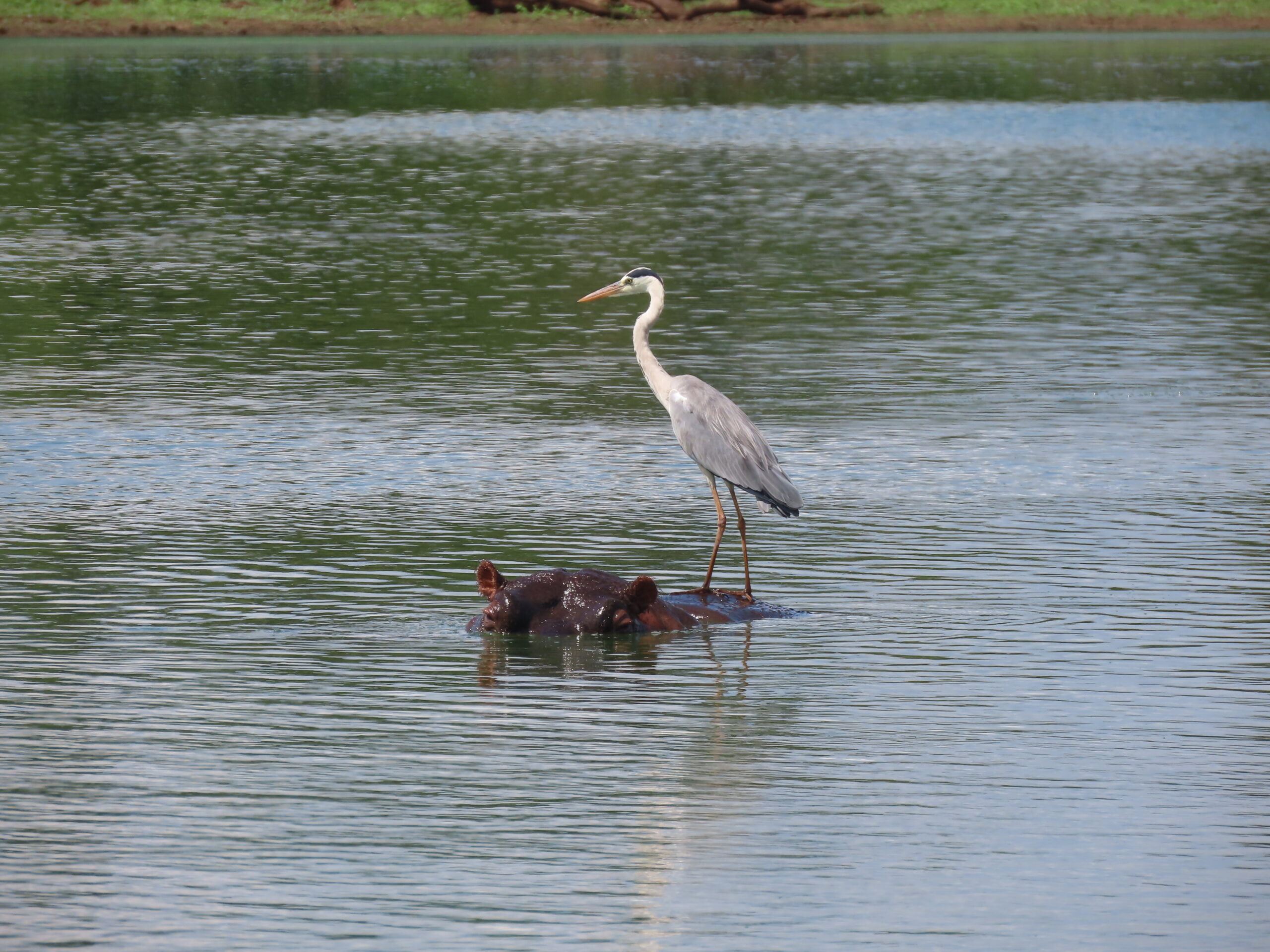
Norman just arrived, but Big Daddy is busy at the bale, and Norman gets all fluffed up to illustrate his dominance. Tom gets the squirt gun and sends Big Daddy away since he’s had plenty to eat. Now Nina and the kids and grandkids are here, and they are making their way toward the bale. Hopefully, the entire family will have an opportunity to dine together.
Four warthogs arrived and are also working in the bale. It’s been quite an eventful day in the garden, and we couldn’t be more thrilled to share this excitement with Lisa.

Speaking of sharing the excitement with Lisa last evening, we had a spectacular time at Jabula. We hung out with Leon, Fritz, and other people we knew and met some new people. The evening was festive and entertaining, with lively music on their sound system and YouTube videos accompanying the songs on the TV monitor.
The evening was perfect. The food was exceptional, as always, and the staff and manager, Corrine, provided excellent service. Dawn had gone to Joburg to visit her daughters.
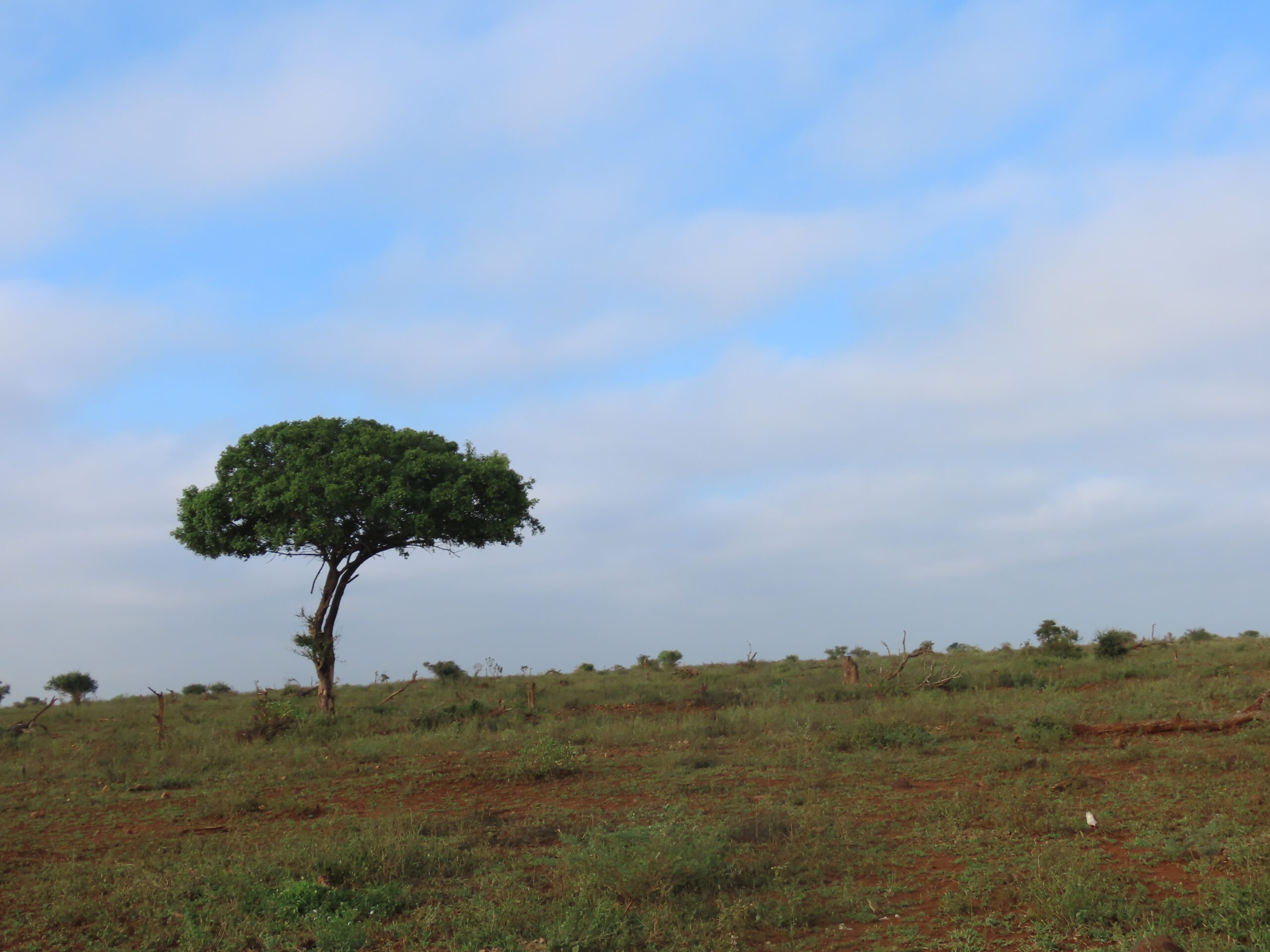
Yesterday morning, we headed to Kathy and Don’s house to visit and drop off a bag of pellets for them. It was delightful seeing them, their sister Connie, and their cousin Sandra. On Tuesday night, they’ll join us for dinner and Quiz Night at Giraffe for our new team, Smarty Pants. That should be fun!

Today is a lazy day; tonight, we’ll head back to Jabula for dinner again. We have a busy week ahead and look forward to another excellent week.
Be well.
Photo from ten years ago today, April 12, 2015:
|
|




